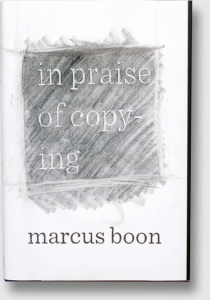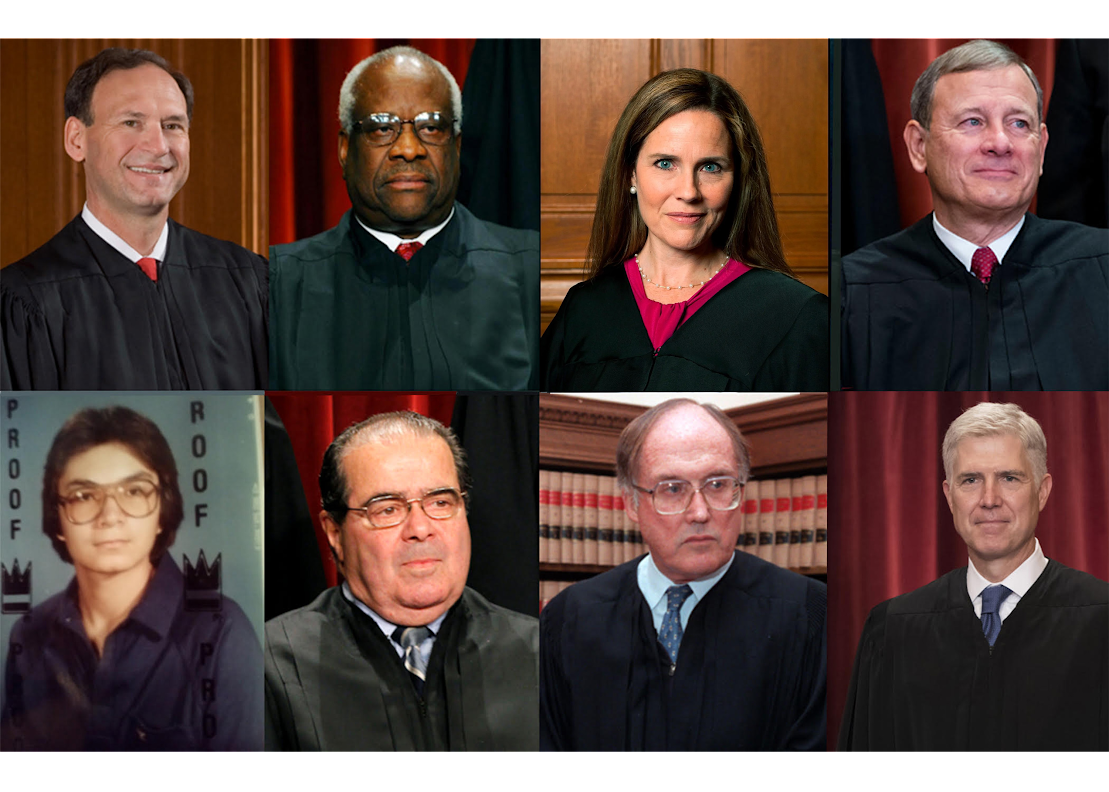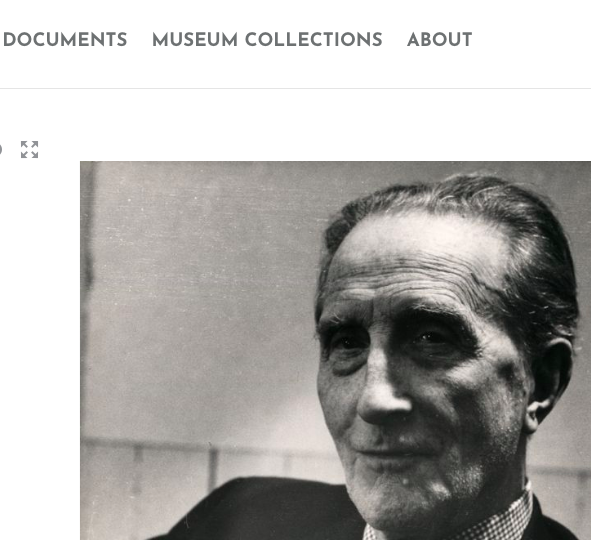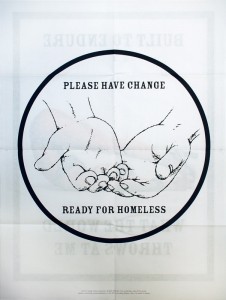
Seems like everyone is capitalizing on the sexiness of copyright these days (or at least anyone can get away with it). The “university of record” has just published a book on the pros of copying and plagiarizing, by an English professor no less.
Marcus Boon’s, In Praise of Copying, supports the idea “that copying is an essential part of being human, that the ability to copy is worthy of celebration, and that, without recognizing how integral copying is to being human, we cannot understand ourselves or the world we live in.”
Boon told the Toronto Sun that, “once you start to think about [copying] that way, it becomes less about intellectual property and more about just understanding who we are[.]”
Is that really who we want to be? I mean, there are people who think of nothing but dealing narcotics, committing larcenies and engaging in heinous crimes, but still…
And then Boon gives us this gem:
“It’s true there are cases where the rules are very clear that stealing from your neighbour’s exam kind of destroys the point of the exam, but on the other hand, maybe we should have exams that emphasize skillful copying[.]”
The rules are very clear? Great. So we’re back to morality and rules, but only to those dictated by and to the liking of “free culturists.” Boon’s example? You can download his book for free, yet he and Harvard University Press would be quite upset if one just photocopied their book and sold it on the streets of Manhattan for a buck 95! (Don’t try this at home kids!) How do we know? Boon himself tells us this:
[the free pdf] does come with a creative commons license that sets some intelligent restrictions on what you can do with it. Although generosity is a wonderful thing, this isn’t especially intended as a utopian gesture towards a world in which everything is free.
Huh? Intelligent restrictions? Is there anyone at answering the phone at Harvard, or are they all at the White House? You can read the rest of Boon’s drivel on intelligence, utopia, and reiterations here. Or, you can read one reader’s comment on Boon’s book:
And this, ladies and gents, is a perfect example of why so many young adults graduate from university while remaining completely clueless and unable to think for themselves.
What a boon!
Full disclosure: I am currently listening to Def Leppard’s, Action Not Words, from their Pyromania album.










